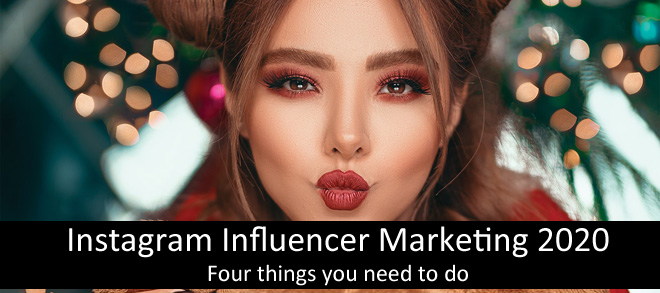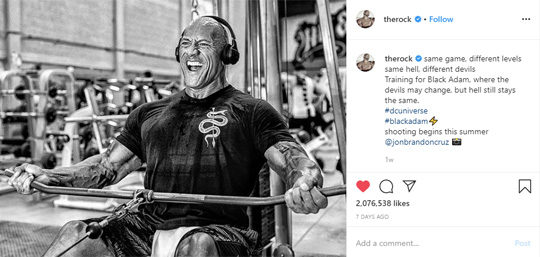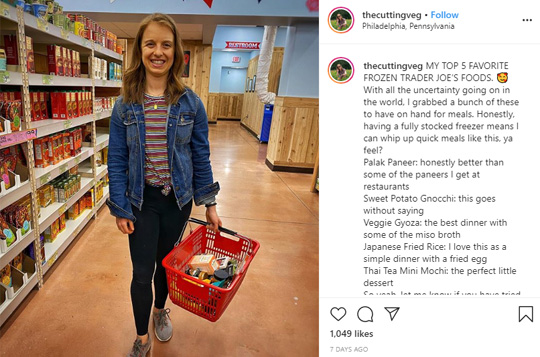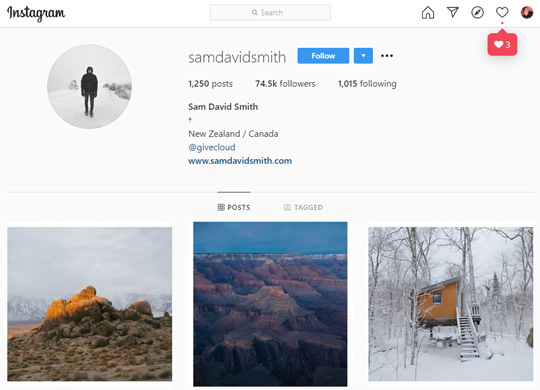Instagram influencer marketing is the Swiss army knife of content strategies.
Small and large organizations, startups and huge corporations, B2B and Ecommerce – businesses of all sorts can reap the benefits of Instagram influencer marketing.
However, influencers come in many shapes and sizes, and settling on an efficient strategy is often tougher than it may seem.
So that you don’t find yourself in a sticky situation, here are 4 Dos and Don’ts to guide you.
1. Do Look For The Right Influencer
Your product could be the best in town, but it won’t be of any use if you’re reaching out to the wrong audience. However, finding a relevant influencer from a pool of thousands is not a small feat.
The most common mistake that marketers make in this process is to merely go by the number of followers.
Here are a few other elements that should guide your influencer search:
- Niche or category
- Kind of content
- Engagement rates
- Audience demographics
All in all, nailing this step will pave the way for a successful influencer marketing strategy on Instagram.
2. Do Not Ignore Micro-Influencers
It could be rightly said that micro-influencers have a huge role to play in making Instagram influencer marketing more inclusive.
These are social influencers with a stronger sway over smaller followings. One simply cannot deny the power of these authentic, relevant, and engaging influencers. Here’s the thing:
As influencers start gaining popularity and more followers, their audiences start getting more and more diverse. Micro-influencers, on the other hand, cater to a much more specific audience.
So, while you’d be reaching out to fewer people, there is a higher chance of conversions.
Moreover, needless to say, these influencers make for a cost-effective tactic – they could charge as little as $75-$250 per post compared to $500-$1000 by top-tier influencers.
3. Do Leverage Instagram Stories
So, you’ve found the right influencer. The next important step is to put out the right type of content.
Stories have become a gold mine for Instagram influencers. Not only are they more interactive, but they can also be used to share unboxing videos, polls, Q&As, etc. They also enable one to beat the constraints of the Instagram algorithm that sorts posts based on interests and relationships.
Moreover, the stickers, emojis, filters, and text offer a vast scope to unleash creativity and personalization.
All in all, compared to the polished photos and videos that are posted on the regular Instagram feed, Stories can portray the real and raw side of brands.
4. Don’t Go After Content Quantity
In 2020, there’s no shortage of content to consume on the internet. Naturally, it takes good quality content from brands to impress users of most demographics.
So, make sure you’re collaborating with Instagram influencers that chase quality and not quantity. Additionally, it is important to understand what constitutes high-quality content for your audience.
Is it good visuals or good captions? Or is it perhaps, giveaways and contests?
Granting creative freedom to influencers is also crucial for the production of good content. After all, it is their audience – and they know what works best.
If you haven’t hopped on the Instagram influencer marketing train yet, it’s about time you do. Should you need any more details, check out this infographic by the awesome people at Fourstarzz Media.
[Images – Main Photo by Ali Pazani from Pexels ; Infographic by courtesy of Fourstarzz Media; other images from their respective websites and/or social platforms]
My name is Dennis Doerfl, a former Groupon and Accenture executive, and the Co-Founder and CEO of Fourstarzz Media – a Lincoln, NE based Influencer Marketing Company. I am also a member of the Forbes Agency Council and a Forbes.com contributor.





![Instagram Influencer Marketing 2020 - Four Things You Need To Do [Infographic] Instagram Influencer Marketing 2020 - Four Things You Need To Do [Infographic]](https://socialmediarevolver.com/wp-content/uploads/2020/03/InstagramInfluencerInfographicP.png)